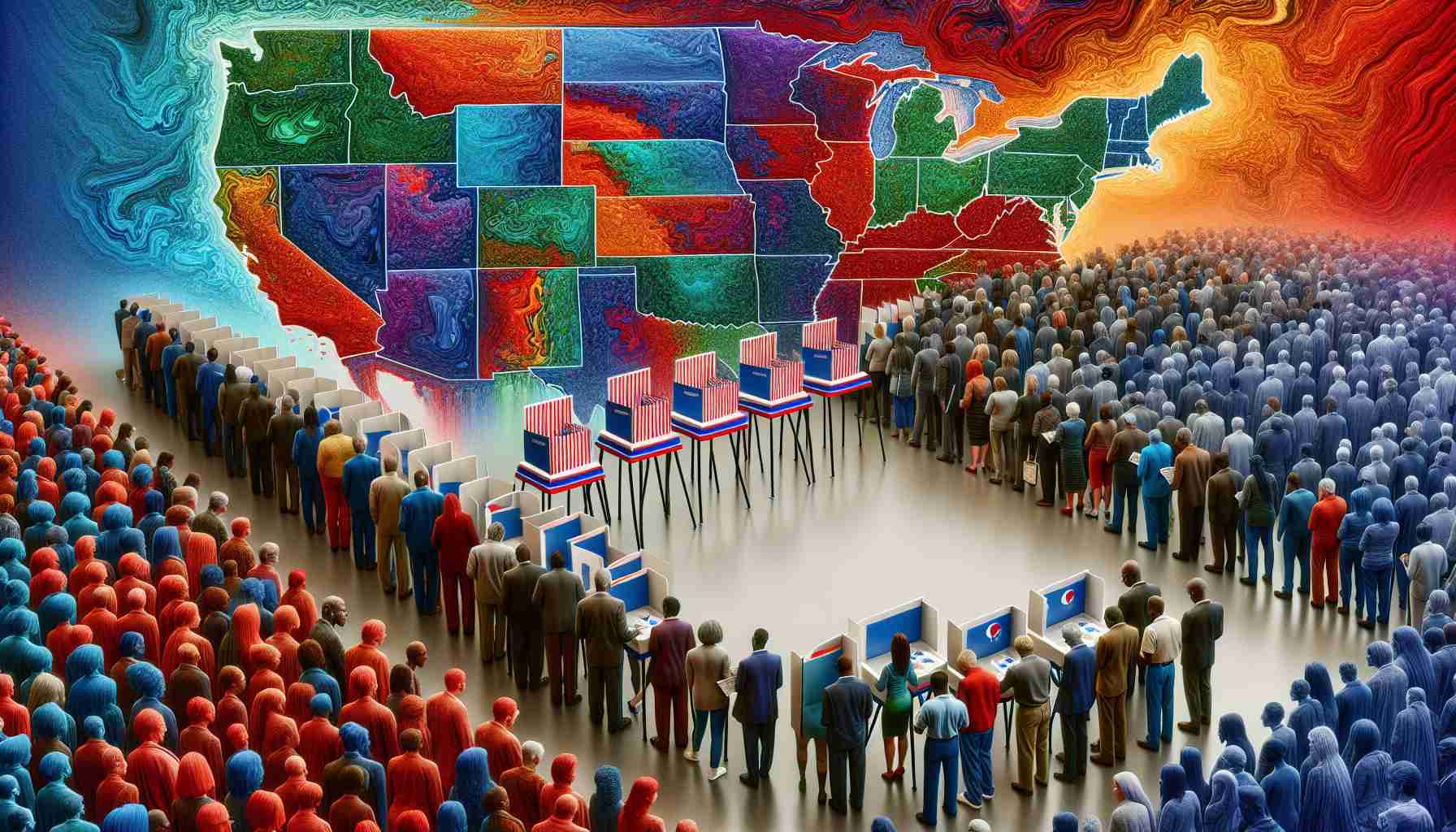
The Impact of Changing Voter Trends on the Presidential Election Outcome
A Shift in Voter Loyalty
Vice President Kamala Harris has experienced a significant loss of support among minority voters, a departure from past election trends. Latino and Black voters, who historically leaned towards Democratic candidates, have shown reduced backing for Harris in the current elections. This shift can be attributed to growing frustrations over inflation and rising prices, leading many minority voters to cast their ballots against the incumbent Democratic policies.
Surprising Results in Battleground States
In a twist of expectations, President Trump is outperforming initial projections in battleground states. Securing victories in key battlegrounds like North Carolina, Georgia, and Pennsylvania, Trump’s support base mainly stems from rural communities where his popularity remains high. Contrary to tradition, Harris’s performance in urban and suburban areas has fallen short, exemplified in states like Nevada. The shrinking gap between the two candidates in Democratic strongholds such as Las Vegas underscores a noticeable slide in Harris’s support compared to previous Democratic elections.
Comparative Decline in Electoral Performance
Although Harris may clinch victories in specific regions, her margins are notably narrower compared to former Democratic performances under Joe Biden. The reduced turnout of mail-in ballots, a consequence of lesser pandemic-induced restrictions, illuminates a stark contrast in voter engagement compared to previous elections. Trump’s lead in both the electoral college and popular vote, surpassing Harris by over 5 million individual votes, signals a clear electoral shift from past outcomes. The current electoral landscape points towards a transformative change in voter patterns that could reshape future political dynamics.
New Voter Demographics Influence Election Dynamics
As the presidential election unfolds, new voter demographics are playing a crucial role in shaping the outcome. One notable trend is the increased participation of younger voters, particularly Gen Z and Millennials, who are showing higher engagement compared to previous elections. Their emphasis on issues like climate change, social justice, and student debt forgiveness is influencing candidate strategies and policy priorities.
Key Questions:
1. How are shifting demographics affecting candidate appeal and campaign strategies?
The changing voter landscape demands candidates to adapt and tailor their messages to resonate with diverse groups, including younger voters, who are becoming a significant voting bloc.
2. What impact do these changing voter trends have on political polarization?
As voter demographics evolve, there is a potential for increased polarization as candidates seek to appeal to their base while also reaching out to new segments of the electorate.
Challenges and Controversies:
One of the key challenges associated with changing voter trends is ensuring fair representation and addressing the needs of all demographic groups. Controversies may arise regarding the influence of special interest groups in targeting specific voter segments, potentially skewing election outcomes.
Advantages and Disadvantages of Changing Voter Trends:
Advantages:
– Increased diversity in the electorate leads to broader representation of voices and perspectives.
– Encourages candidates to address a wider range of issues affecting different demographics.
– Promotes a more dynamic and responsive political system.
Disadvantages:
– Heightened competition for voter attention may result in simplistic messaging and pandering.
– Risk of further polarization as candidates prioritize appealing to specific demographic groups over fostering unity.
– Challenges in accurately gauging voter sentiment and predicting election outcomes due to evolving trends.
For further insights on voter demographics and election dynamics, you can visit Electoral-Vote.

















